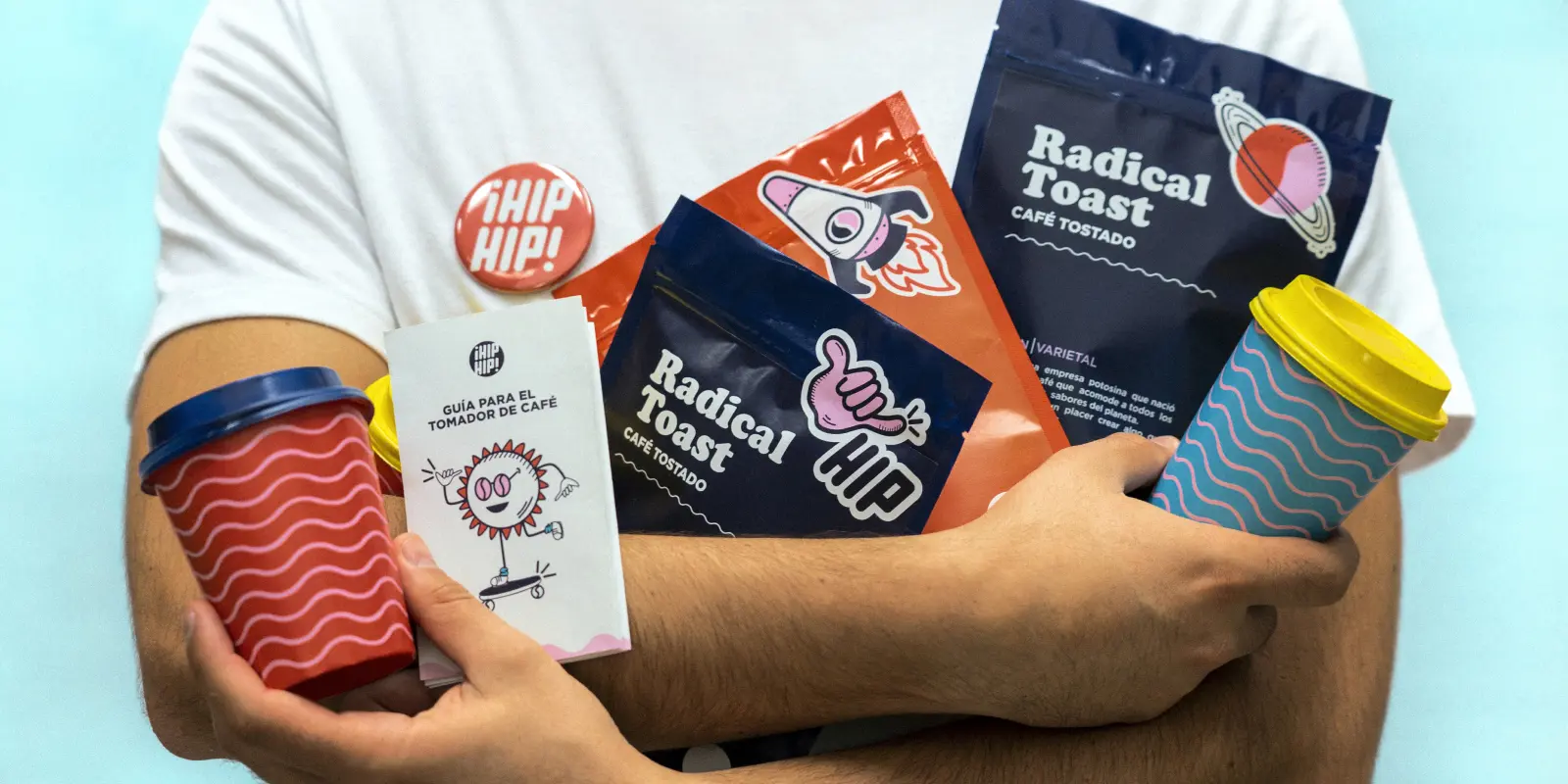Packaging design serves a dual purpose: it must be both visually appealing and functional. Achieving the perfect balance between form and function is essential for creating packaging that not only catches the consumer’s eye but also enhances the overall product experience.
In this guide, we’ll explore strategies for striking this delicate balance and creating packaging that stands out while meeting practical needs.
Understanding Form and Function
- Form: Refers to the aesthetic elements of packaging design, including shape, color, typography, graphics, and overall visual appeal. Form captures the attention of consumers and communicates the brand’s identity and values. Think getting granular about Rich Black versus Plain Black.
- Function: Encompasses the practical aspects of packaging design, such as protection, convenience, usability, and sustainability. Function ensures that the packaging effectively fulfills its primary purpose of containing and safeguarding the product.
Integrating Form and Function
- Know Your Audience:
- Understand your target audience’s preferences, lifestyle, and values to tailor packaging design to resonate with their tastes and preferences.
- Consider factors such as age, gender, socioeconomic status, and cultural background when determining the visual style and functional features of the packaging.
- Prioritize Clear Communication:
- Ensure that essential product information, such as branding, product name, usage instructions, and ingredients, is prominently displayed and easy to read.
- Use clear and concise messaging to communicate the product’s benefits and unique selling points, helping consumers make informed purchasing decisions.
- Embrace Simplicity:
- Strive for simplicity in both form and function to avoid overwhelming consumers with cluttered or confusing packaging.
- Opt for clean, minimalist design elements that convey the brand’s message effectively while maintaining visual appeal and readability.
- Balance Visual Impact with Practicality:
- Incorporate eye-catching design elements, such as vibrant colors, striking graphics, and tactile finishes, to grab the consumer’s attention and differentiate the product on the shelf.
- Ensure that visually striking elements do not compromise the packaging’s functionality or usability, such as readability of text or ease of opening and closing, and it can actually enhance value.
- Invest in Quality Materials:
- Select materials that not only enhance the visual appeal of the packaging but also provide adequate protection and durability for the product.
- Consider eco-friendly and sustainable materials to align with consumer preferences for environmentally conscious packaging options.
- Optimize Ergonomics and User Experience:
- Design packaging with ergonomic considerations in mind to ensure ease of handling, opening, and dispensing.
- Test prototypes with real users to identify any usability issues or pain points and make necessary adjustments to improve the overall user experience.
- Innovate with Functional Features:
- Explore innovative packaging solutions that integrate functional features, such as resealable closures, dispensing mechanisms, portion control, or multi-purpose packaging.
- Balance novelty with practicality to offer added value to consumers without sacrificing usability or reliability.
Conclusion
Balancing form and function in packaging design requires careful consideration of both aesthetic appeal and practical utility.
By understanding the needs and preferences of your target audience, prioritizing clear communication, embracing simplicity, investing in quality materials, optimizing ergonomics, and innovating with functional features, you can create packaging that not only captivates consumers but also enhances their overall product experience.
By striking this delicate balance, you can differentiate your brand, build consumer trust, and drive long-term success in the competitive marketplace.
